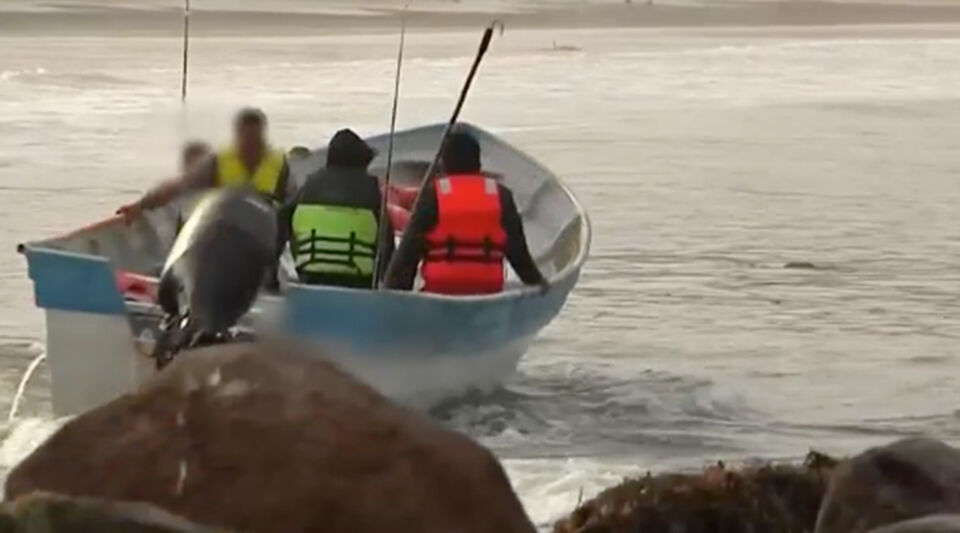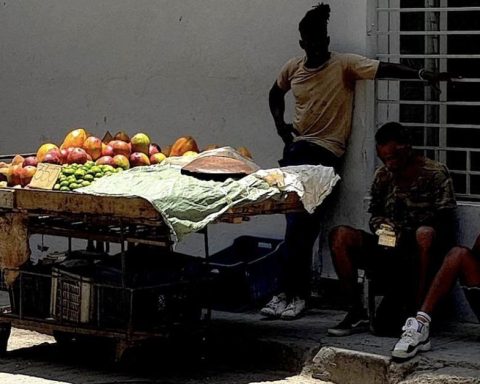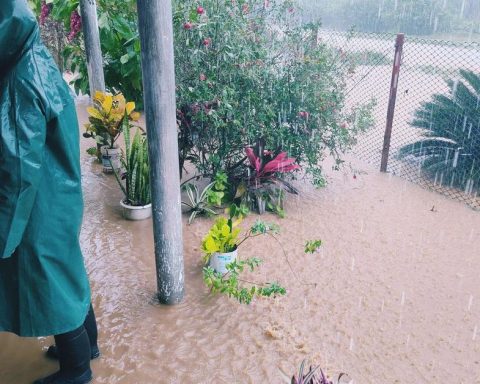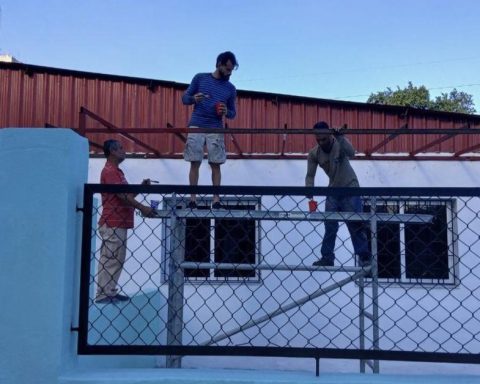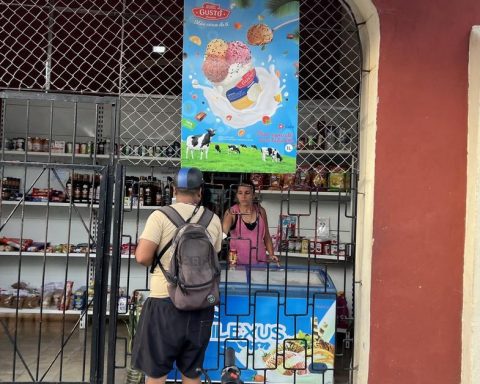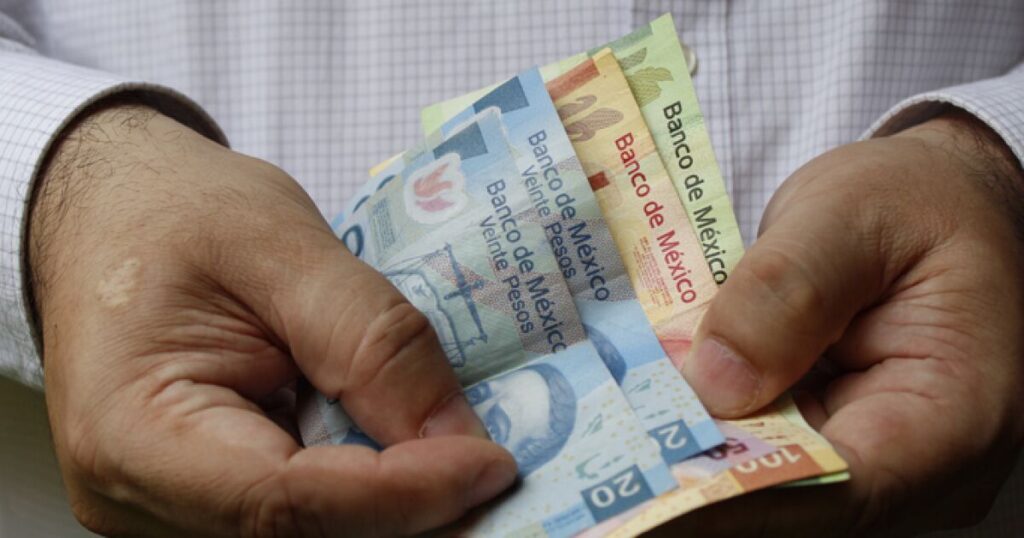“Here pure fishing, that’s what we live on,” he assures by telephone to 14ymedio Arturo Oliva, a fisherman from Puerto Popotla, located 15 minutes south of Rosarito, in Baja California. Eleven months before, this subject was the contact of the native of Camagüey, Eduardo Mayedo to arrive in the United States. “Don’t take risks by land, they are being deported. I’ll connect you and for $12,000 you’re on the other side,” he told her.
In accordance with The report Sea inside: migrants and castaways at sea, prepared by the United Nations, there are routes for migrant smuggling in Rosarito, the beaches from Tijuana to San Diego, Puerto Nuevo-Chula Vista and Ensenada-Popotla. There the networks coyotes they charge between $15,000 and $17,000 for irregular shipments to the US These groups recruit fishermen for the trips in exchange for $1,000 per person.
At the insistence, Oliva, who proclaims living from grouper, crab and squid fishing, accepts that it has not gone well for him and many are dedicated to illegal activities. “ bisne it is bisneand when hunger strikes, it’s easy for them.” On average, he says he earns almost 20 dollars a day, a month approximately 585 dollars.
“Of course there are Cubans around here, but they are coming in and out,” says the fisherman, who emigrated from Los Mochis, Sinaloa, in 1999. “Those who are dedicated to transporting people have large boats with good engines.”
Mayedo’s intention was to reach the United States, but among his contacts was a Mexican woman whom he married a month ago and lives in the state of Guadalajara. De Oliva, he assures that she works for a coyote: “You have to send this guy 500 dollars and then he offers you details to get to where they are. If you are close, they go for you.”
The networks of ‘coyotes’ charge between 15,000 and 17,000 dollars for irregular transfers to the US. These groups recruit fishermen for the trips in exchange for 1,000 dollars per person.
A fisherman identified as Tony Garcia from Ensenada, Baja California, assured to Telemundo that he manages to “earn up to 27,000 dollars” for two transfers of migrants. “It’s not much either, because of the risk. You can lose everything, get arrested.”
García explained to the media that his activity is carried out at night, in boats where he has had to carry 28 crouched migrants with no other protection than a life jacket. “When you’re overweight, the engines break down, you drift and that’s when they grab you,” he explained.
To avoid the US Coast Guard and the Mexican Navy, he has had to move 150 miles out to sea. “At around 12 at night, one in the morning, you have to be arriving and taking people down.”
In fiscal year 2021, the Coast Guard detected some 14,500 episodes in which migrants tried to enter or successfully reached the United States, despite the fact that the path by sea, through the turbulent waters of the Pacific between Tijuana and San Diego, strongly guarded, is one of the riskiest.
In the Tijuana area, there has also been evidence of the presence of groups linked to drug trafficking, which are intercepting foreigners on their way to the United States and charging them between 1,000 and 5,000 dollars, published the newspaper The Baja California Journey.
Evelin Azucena García confirmed the payment of $1,700 to a coyote just to cross the border wall. This Honduran woman, along with her husband and her three children, was returned to the border under the argument that “by Title 42 they are not allowed to enter the United States.”
